


148 College Ave.
Elberton, GA 30635
 706-283-5651
706-283-5651
staff@elbertchamber.com
Download the Elbert County Travel Guide
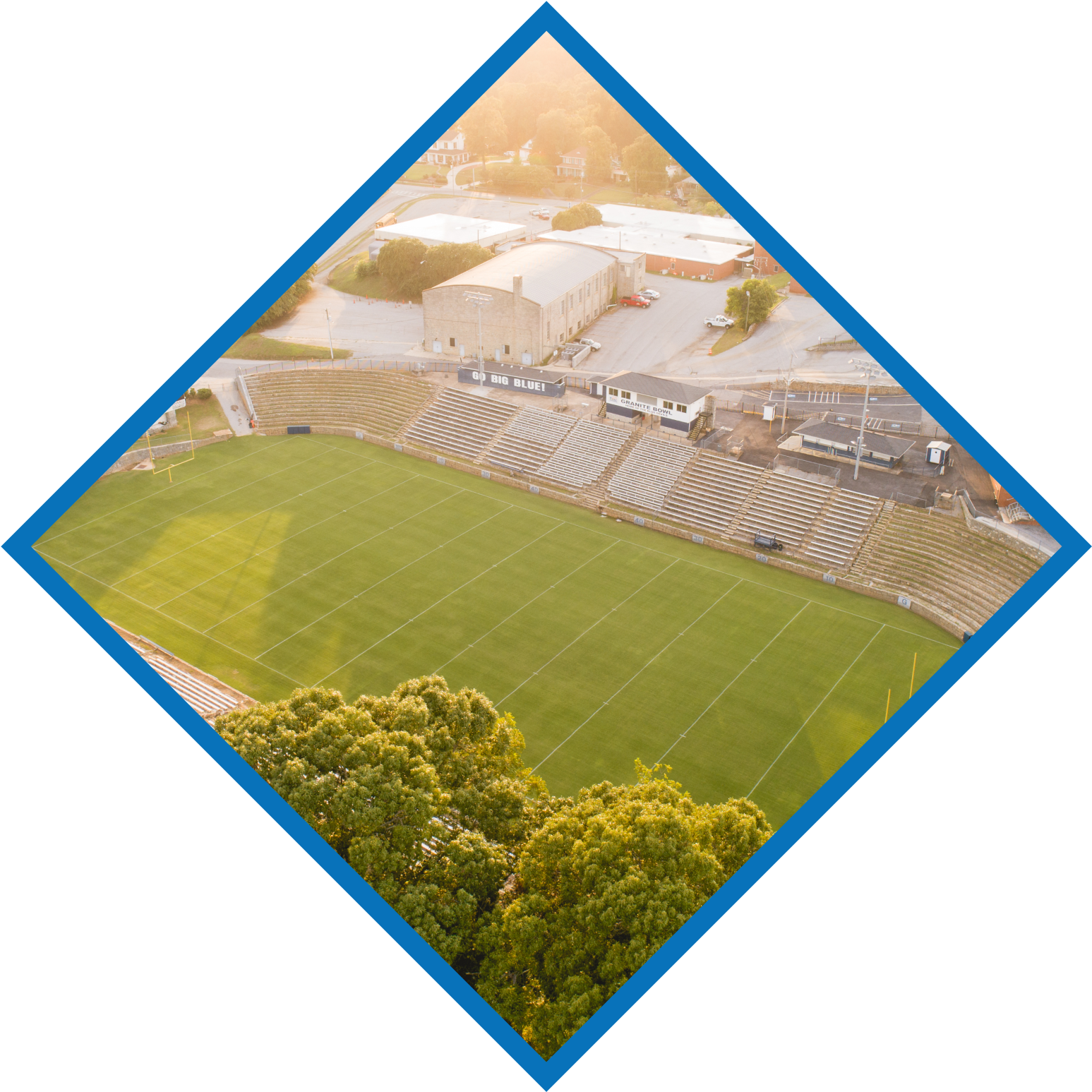

NFL and former
UGA football player
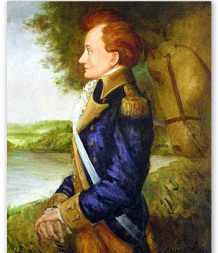
Governor of Georgia,
1780-1781
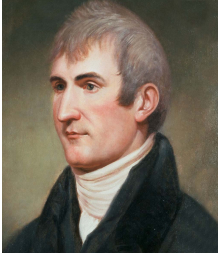
Explorer of Lewis &
Clark fame

NFL record holder and former executive director of the NFL Players Association
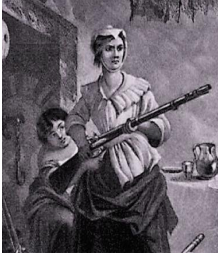
Revolutionary War heroine
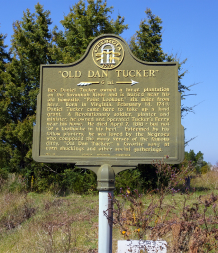
Popular minister and ferry operator who may have inspired the folk song “Old Dan Tucker”
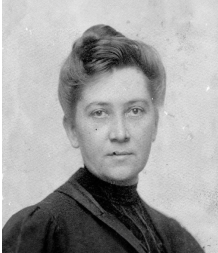
Author of “A Circuit Rider’s Wife,” a book that later inspired the popular movie “I’d Climb the Highest Mountain”

Justice of the U.S. Supreme
Court, 1910-1916
Georgia Guidestones – No Longer Standing
The Georgia Guidestones were regarded as Elberton’s most unusual granite monument until a shocking explosion and act of vandalism on July 6, 2022, around 4 a.m. The explosion completely destroyed one of five 19-foot-tall granite columns at the monument, and the remaining structure was too unstable to recover. The remaining pillars of the Georgia Guidestones were taken down due to
safety concerns.
The Guidestones were mysterious and controversial. The inscribed message gave instructions on the "preservation of mankind" and the granite monument was sponsored by an anonymous, private third party. The wording of the message on the monument was translated into 12 languages: English, Russian, Hebrew, Arabic, Hindi, Chinese, Spanish, Swahili, and the archaic languages of Sanscrit, Babylonian cuneiform, Egyptian hieroglyphics, and classical Greek. The inscription in English is provided here:

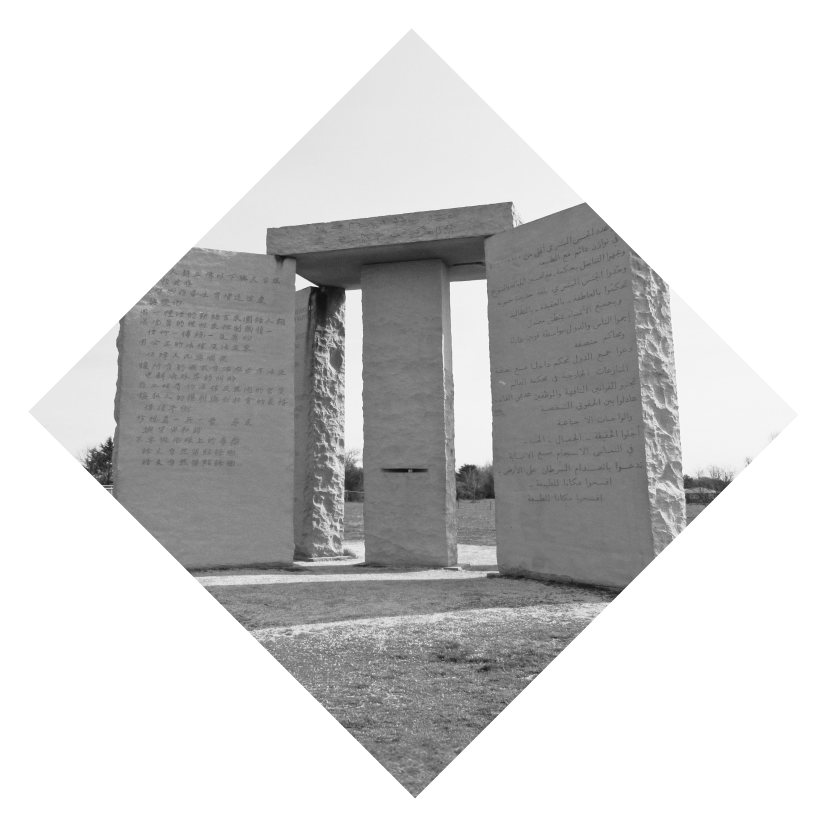

The four large upright blocks pointing outward were oriented to the limits of the migration of the moon during the course of a year.
An eye-level, oblique hole was drilled from the south to the north side of the center Gnomen stone so that the North Star is always visible, symbolizing the constancy and orientation with the forces of nature.
A slot was cut in the middle of the Gnomen stone to form a window that aligns with the positions of the rising sun at the summer and winter solstices and at the equinox so that the noon sun shines to indicate noon on a curved line.
The capstone included a calendar of sorts where sunlight beams through a 7/8-inch hole at noon and shown on the south face of the center stone. As the sun made its travel cycle, the spot beamed through the hole told the day of the year at noon each day. Allowances were made because of variations between standard time and sun time to set the beam of sunlight at the equation of time.
The site, 7.2 miles north of Elberton on Highway 77, was chosen because it commands a view to the east and to the west and is within range of the summer and winter sunrises and sunsets. The stones were oriented in those directions.